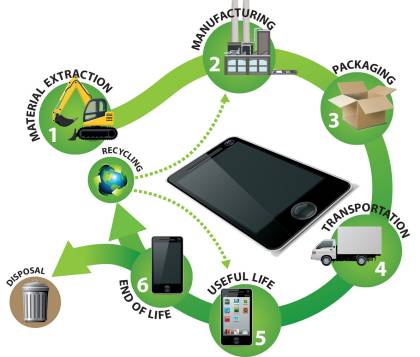In a world that constantly bombards us with fast food options and processed snacks, it’s essential to prioritize our health by making informed choices about the food we consume. This article aims to delve into the nuances of healthy eating, exploring what it is, how it positively impacts our well-being, how to incorporate it into our daily lives, and the myriad benefits it offers.
What is Healthy Food?
Healthy food is not just a dietary choice; it’s a lifestyle that emphasizes the consumption of nutrient-rich, whole foods that provide the essential vitamins, minerals, and energy our bodies need to function optimally. This includes a well-balanced mix of fruits, vegetables, lean proteins, whole grains, and healthy fats.
How Does Healthy Food Impact Our Well-being?
The impact of healthy eating extends far beyond just maintaining a balanced weight. A diet rich in nutrients supports overall physical health, boosts mental well-being, and reduces the risk of chronic diseases such as heart disease, diabetes, and obesity 健康食品. Nutrient-dense foods also contribute to improved energy levels, better digestion, and a strengthened immune system.
How to Incorporate Healthy Eating into Daily Life:
Plan Balanced Meals:
Begin by planning well-rounded meals that include a variety of food groups. This ensures you receive a broad spectrum of essential nutrients.
Cook at Home:
Taking control of your kitchen allows you to choose wholesome ingredients and control portion sizes. Experiment with cooking techniques to enhance flavors without compromising nutritional value.
Limit Processed Foods:
Reduce your intake of processed and packaged foods that are often laden with added sugars, unhealthy fats, and preservatives. Opt for fresh, whole foods whenever possible.
Stay Hydrated:
Water is a fundamental component of a healthy diet. Ensure you stay adequately hydrated throughout the day to support digestion, circulation, and overall well-being.
Mindful Eating:
Pay attention to your body’s hunger and fullness cues. Eat slowly, savoring each bite, and listen to your body’s signals to avoid overeating.
How Can Healthy Eating Transform Your Life?
Adopting a healthy eating lifestyle can have transformative effects on your physical and mental well-being. It can lead to sustained energy levels, improved mood, enhanced cognitive function, and a reduced risk of chronic diseases. As you prioritize nutrient-dense foods, you’ll likely experience increased vitality, better sleep quality, and a heightened sense of overall happiness.
What Are the Key Components of a Healthy Diet?
A healthy diet encompasses a variety of nutrient-rich foods. Here are key components to focus on:
Fruits and Vegetables:
Packed with vitamins, minerals, and antioxidants, these foods support immune function and contribute to overall health.
Lean Proteins:
Incorporate sources like lean meats, poultry, fish, tofu, and legumes to ensure an adequate intake of protein for muscle repair and maintenance.
Whole Grains:
Choose whole grains such as brown rice, quinoa, and whole wheat, which provide fiber and essential nutrients.
Healthy Fats:
Include sources of healthy fats, such as avocados, nuts, seeds, and olive oil, to support brain health and maintain cardiovascular well-being.
How Do Different Dietary Choices Affect Health?
The impact of dietary choices on health varies based on individual needs, preferences, and specific health conditions. Some people may thrive on plant-based diets, while others may benefit from a balanced mix of animal and plant-based foods. It’s crucial to tailor your diet to your unique requirements, considering factors like age, activity level, and any existing health concerns.
Conclusion:
In conclusion, healthy eating is not a one-size-fits-all concept; it’s a personalized journey that requires mindfulness and dedication. By understanding what healthy food entails, recognizing its impact on well-being, and implementing practical strategies to incorporate it into daily life, you can embark on a path to long-term health and vitality. Embrace the power of nutritious, whole foods, and experience the positive transformation they can bring to your life.







